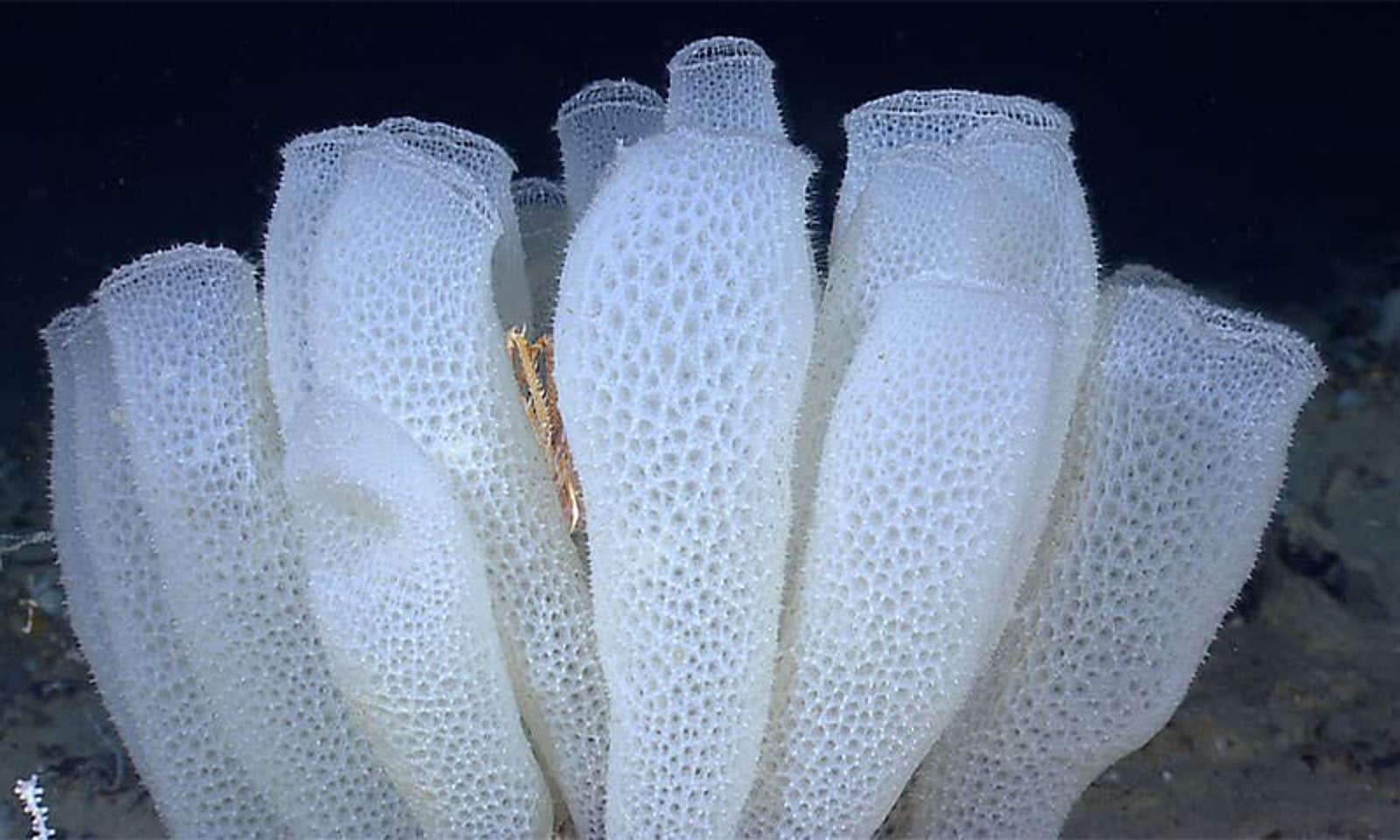All living things eventually die. But some of us take a little bit longer to say goodbye, particularly certain nonhuman and ocean-dwelling members of the animal kingdom. Many of these creatures continue celebrating birthdays well past the 200-year mark, while others rarely suffer from the diseases of aging that humans tend to accumulate: cancerous cells, degenerated brains, diseased hearts. Scientists have been studying long-lived creatures for decades to divine their secrets, hoping that they might use what they find to extend human lives. Here are a few of the longest lasting creatures on Earth, what we know about how they pull it off, and whether any potential human applications exist.
Bowhead whales
These endangered 170,000-plus-pound giants of the deep can live up to 200 years. For a long time scientists didn’t understand why, but just this week, a team of researchers announced that studying their cells revealed a cold-activated protein that is a powerful agent of DNA repair. DNA damage and mutations, accumulated during cell division, are considered a major driver of aging and age-related disease, so it makes sense that having a powerful DNA-doctor in house would do wonders for one’s ability to rack up the decades. The protein that mends DNA in the bowhead whales is called CIRPB, and it is activated in cold conditions. When the team increased levels of CIRBP in human cells, they found that these cells were better able to repair breaks in their DNA, too. “The most exciting take-home message here is that there is room for improvement,” study co-author Vera Gorbunova, a biologist at the University of Rochester in New York, told Nature. “We can make our DNA repair better.”
Naked mole rats
Pink, hairless, and nearly blind, these rodents native to Eastern Africa have an almost fetus-like appearance, which can make them seem quite defenseless. But the creatures, which eke out their lives mostly underground, can live for 30 years. That’s much shorter than the human lifespan, of course, but very long indeed for a rodent or any creature their size: Most wild rodents live 6 years or fewer. Naked mole rats are also basically immune to cancer. Recently, a team of Chinese scientists found that the naked mole rat, like the bowhead whale, has a powerful DNA-repair protein up its sleeve. Differences in that protein, called cGAS, allow the rodent to more effectively fix up damaged bits of DNA. Human and mouse versions of the cGAS protein just get in the way of the mending process. Scientists have also noted that the creatures maintain a diet of tubers and roots that is rich in anti-inflammatory and anti-oxidant compounds, and very low-calorie. The anti-aging effects of calorie restriction have been confirmed in many species, from nematodes to mice to monkeys, but scientists are still assessing what precise impact it has on lifespan in humans.
Ocean quahogs
Bivalve mollusks—clams, oysters, and mussels—come from one of the most ancient animal lineages on the planet. These shelled creatures are especially useful for aging research because many species show annual growth rings in their shells, allowing scientists to easily tell their ages, and because the longevity of mollusks ranges widely. Some of the nearly 10,000 species in the group live no longer than a year, while others live to be hundreds of years old. Take the ocean quahog, scientifically known as Arctica islandica, which can stack up more than 500 years before saying farewell to the planet: One individual quahog was found to have lived to the ripe old age of 507. Scientists have found that these quahogs have proteins that resist molecular damage, such as unfolding and clumping, in response to acute environmental stressors—and that this is a key difference compared to short-lived bivalve species. Proteins, of course, are key for repair and removal of damaged cell parts. The exceptional lifespan of this creature is especially remarkable given its body size: In most animals small body size translates to a shorter time on the planet. (Besides being marvels of longevity, ocean quahogs are also useful for climate science, as scientists can analyse their shells to determine how warm or salty the seas were hundreds of years ago.)
Greenland sharks
These sharks—known for their slow metabolism, deep-sea habitat, torpedo-shaped bodies, and tiny eyes—are the longest-lived vertebrates on Earth: They tend to live at least 250 years, and may even survive more than 500 years before expiring. To determine their age, scientists have relied on radiocarbon dating of the shark’s eye lens. Greenland sharks only reach sexual maturity when they are 150 years of age, but some research suggests they give birth to hundreds of pups at a time. These sharks grow very slowly, less than 1 centimeter a year, and maintain cruising speeds slower than 3 feet per second. One theory suggests that their slow metabolism can explain their extreme longevity, but a genetic analysis has also found that, like many other long-lived species, Greenland sharks are exceptionally good at repairing damaged DNA, especially breaks that occur in both strands of the double helix. (Are you sensing the pattern here?)
Immortal jellyfish
Turritopsis dohrnii was discovered in the 1880s in the Mediterranean Sea, though it swims in seas across the globe. What makes this tiny bell-shaped creature—smaller than a paper clip—extraordinary is not only that it can survive harsh conditions, such as starvation, injury, low oxygen, and fluctuating salinity and temperature. When it is faced with an oncoming threat, it can essentially revert back to its earliest stage of development, that of a polyp, over a period of 24 to 36 hours. When the grim reaper comes for it, it hits the reset button, starting from scratch. The born-again polyp eventually develops to release an adult jellyfish that is genetically identical to the one that was injured. Theoretically, this little medusa could live forever—that’s why it has been nicknamed the immortal jellyfish—though most do eventually succumb to predation, disease, or other hazards. Scientists have found that, as with other long-lived creatures, the immortal jellyfish has powerful DNA-repair abilities.
Glass sponges
But the Guinness World Record for old age goes to a species of sponge known as Scolymastra joubini, an Antarctic hexactinellid or glass sponge. Glass sponges have skeletons made of silica, and form beautiful patterns, like spun glass or lace. Scientists estimated that one 3-foot-tall specimen found in the Ross Sea was 23,000 years old, though historical fluctuations in sea level there suggest such a sponge couldn’t have survived for longer than 15,000 years. One of the secrets to this species’ success appears to be an extremely slow growth rate, around 2 centimeters a year. This would allow more resources to be dedicated to maintenance and repair than to reproduction and growth, and fewer opportunities for accumulation of damage from cell division. Their deep-sea habitat is also very stable, with consistently frigid temperatures and few disturbances, and their glass-like exoskeletons make them unpalatable to most predators.
Whether or not humans will be able to co-opt these longevity hacks from the planet’s longest lived residents is still an open research question. But perhaps humans could start by taking a tip from the glass sponge and just slow down a bit. ![]()
Enjoying Nautilus? Subscribe to our free newsletter.
Lead image: National Oceanic and Atmospheric Administration (NOAA) / Wikimedia Commons
































